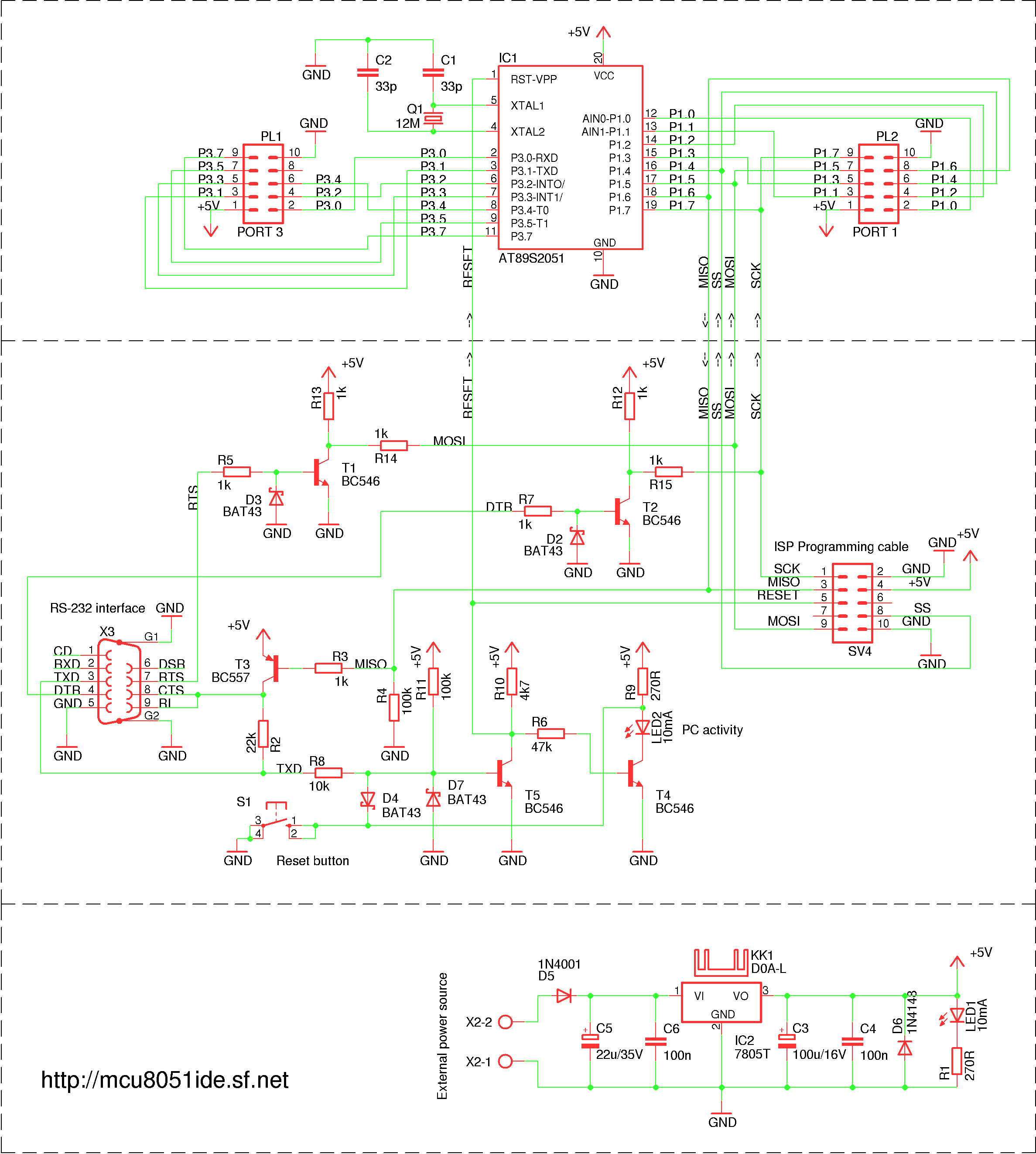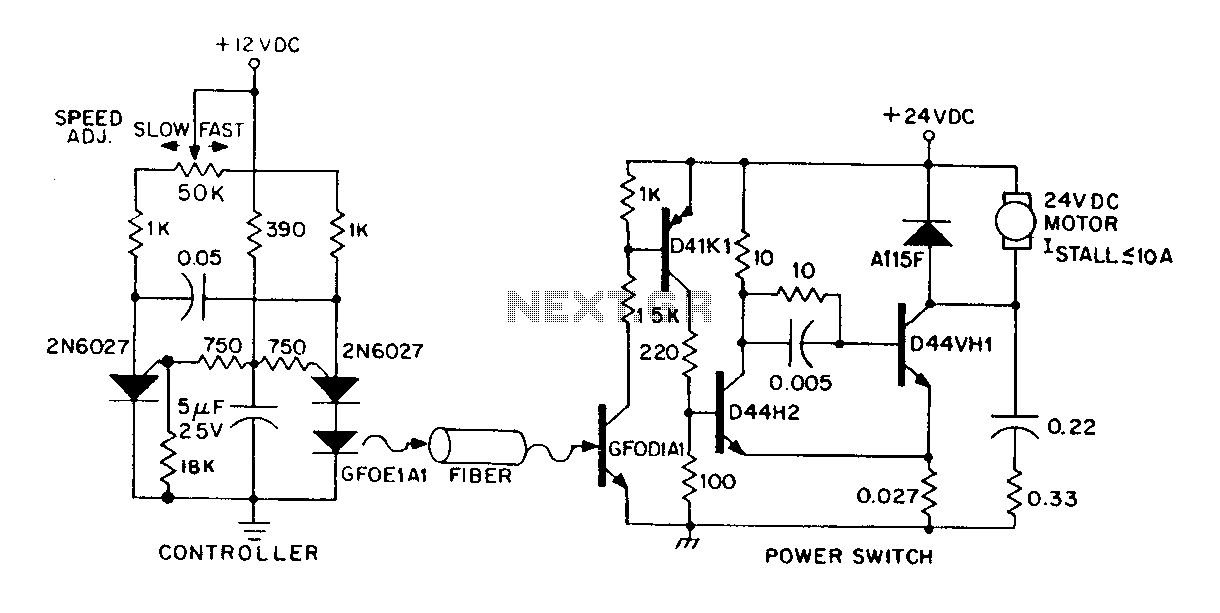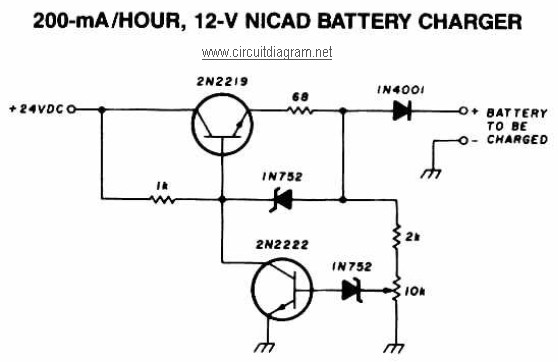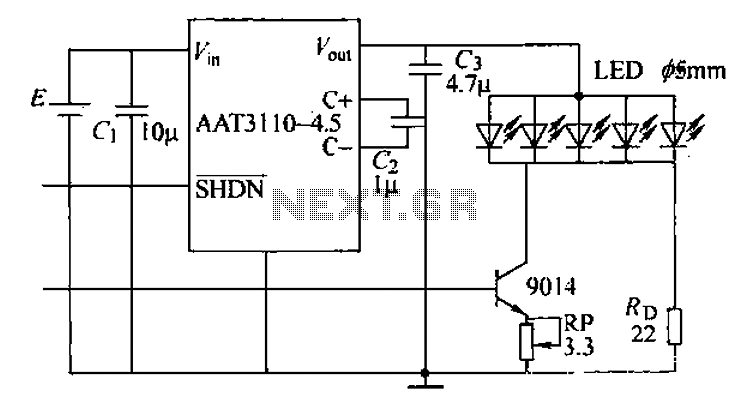
Automatic AC voltage regulator circuit TXD1742 continuous adjustment

Automatic AC voltage regulator circuit TXD1742 with continuous adjustment.
The TXD1742 is an automatic AC voltage regulator circuit designed to provide continuous voltage adjustment, ensuring stable output voltage in varying load conditions. This circuit is particularly useful in applications where voltage fluctuations can adversely affect the performance of electrical devices.
The core of the TXD1742 circuit typically includes a transformer, a rectifier, a voltage regulator IC, and various passive components such as resistors and capacitors. The transformer steps down the high AC voltage to a lower AC voltage suitable for regulation. The rectifier converts the AC voltage to pulsating DC, which is then smoothed by a filter capacitor to provide a stable DC voltage.
The voltage regulator IC is the heart of the circuit, responsible for maintaining a constant output voltage. It continuously monitors the output voltage and adjusts the duty cycle of the control signal to the power switch, which could be a transistor or a thyristor, to regulate the output voltage. The continuous adjustment feature allows for fine-tuning of the output voltage, accommodating different load requirements and ensuring optimal performance.
Additional components, such as zener diodes and operational amplifiers, may be included in the circuit design to enhance voltage regulation accuracy and improve transient response. Feedback loops are often employed to compare the output voltage with a reference voltage, allowing for real-time adjustments to maintain the desired output level.
Overall, the TXD1742 automatic AC voltage regulator circuit is an effective solution for applications requiring reliable voltage regulation, protecting sensitive electronic equipment from the adverse effects of voltage variations. Automatic AC voltage regulator circuit TXD1742 continuous adjustment
The TXD1742 is an automatic AC voltage regulator circuit designed to provide continuous voltage adjustment, ensuring stable output voltage in varying load conditions. This circuit is particularly useful in applications where voltage fluctuations can adversely affect the performance of electrical devices.
The core of the TXD1742 circuit typically includes a transformer, a rectifier, a voltage regulator IC, and various passive components such as resistors and capacitors. The transformer steps down the high AC voltage to a lower AC voltage suitable for regulation. The rectifier converts the AC voltage to pulsating DC, which is then smoothed by a filter capacitor to provide a stable DC voltage.
The voltage regulator IC is the heart of the circuit, responsible for maintaining a constant output voltage. It continuously monitors the output voltage and adjusts the duty cycle of the control signal to the power switch, which could be a transistor or a thyristor, to regulate the output voltage. The continuous adjustment feature allows for fine-tuning of the output voltage, accommodating different load requirements and ensuring optimal performance.
Additional components, such as zener diodes and operational amplifiers, may be included in the circuit design to enhance voltage regulation accuracy and improve transient response. Feedback loops are often employed to compare the output voltage with a reference voltage, allowing for real-time adjustments to maintain the desired output level.
Overall, the TXD1742 automatic AC voltage regulator circuit is an effective solution for applications requiring reliable voltage regulation, protecting sensitive electronic equipment from the adverse effects of voltage variations. Automatic AC voltage regulator circuit TXD1742 continuous adjustment





